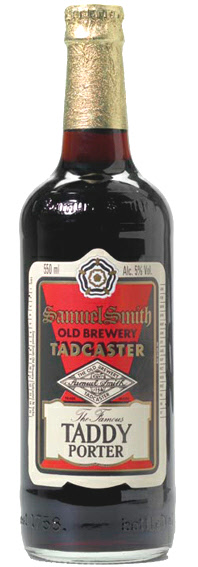Today's hot fashion statements are yesterday's out-of-style trends. The highest tech cars of today are ultimately the antiques of the future. New wave music of the eighties is now considered classic. The most current ways of today are destined to be replaced by fresher attitudes and approaches. Where are we along this continuum with "extreme beer"?
We may each have our own definitions of extreme -- high alcohol, aggressive hopping rates, barrel aging, wild fermentation, stylistic mash- ups. The most common and possibly the genesis of extreme beers is a combination of the first two in this list to produce the Double IPA style.
At first, these beers were innovative, and provided a whole new experience in beer brewing and drinking circles, despite being somewhat simplistic and unimaginative. The beer nerds crave and demand extreme beers, so breweries produce them. Some of the noteworthy examples are Dogfish Head 120 Minute IPA , Russian River Pliney the Elder, Avery Maharaja, and Green Flash Palate Wrecker. These are some of the largest and most talented and respected breweries in the craft beer world, so extreme does have a credible place in the product set.
Why simplistic and unimaginative? There's not much artisanal about these beers. They're based on the premise that if something is considered to be good, then more of that something is even better. From a brewing perspective it's simply a matter of adding grain to the mash, sugar to the boil, and/or hops to the boil. It has very little to do with recipe development or flavor nuances. I've personally made beers approaching some of these by mistake. It's actually harder to not do so. By way of an analogy, if I want to make spicy chicken wings even spicier, all I have to do is add more hot sauce. And if I want to make them so hot and spicy to be able to issue a challenge to those who might dare eat them (like Stone Brewing Company's admonition that I may not be worthy of their beers), then all I have to do is add capsaicin extract to make the heat unbearable for the average person. It's extremely hot, but most of the true flavor is covered up.
 |
| Image used for educational purposes only |
I recently tried RuinTen from the aforementioned Stone Brewing. RuinTen is a double IPA of 110 IBU's and 10.8% ABV with very high scores from reviewers on Beer Advocate. I enjoyed RuinTen, as I do so many other Stone beers, but there was a certain harshness about it that masked the malt and hop flavors and detracted from the overall experience. I couldn't help asking myself -- To what end? Is enough enough already? Is it time for "extreme" to come full circle back to quaffable, lower ABV beers with a focus on flavor?
Here in Connecticut, Cavalry Brewing is dedicated to producing sessionable English style ales with lower than average alcohol strength and deep flavor profiles. BruRm brewpub in New Haven commonly brews moderate strength beers with a focus on ingredients and flavor development. Many breweries in Utah face a unique challenge as a normal course of business since local laws simply do not allow them to produce beers with alcohol levels above 4% ABV.
Are these producers at the forefront of a new extreme movement? Maybe not, since we've been here before. Maybe it's a reset, a return to normal. I for one hope that it's the beginning of a new innovation, a bold fashion statement in the beer world, a return to full flavor for the sake of flavor. Sounds a little over-the-top. But I think I'm worthy.

